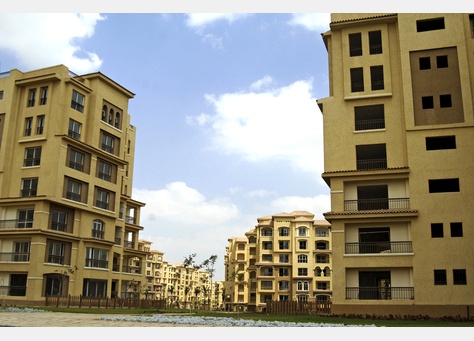The business results of QNB Alahli revealed a strong growth in net profit year-over-year (y-o-y), recording EGP 2bn, with an increase of 26%, compared to the first quarter (Q1) of 2018, in addition to an 11% increase, compared to Q4 of 2018.
According to a research note by Beltone Financial, this growth came with supported by the strong increase of the net interest income of 10%, recording EGP 3.2bn. However, this increase was partially due to a major increase in operational expenses, as they increase by 35% on an annual basis, which led to increasing the cost-to-income ratio by 170 basis points (bps), in addition to loss differences resulting from converting balances worth EGP 141m into foreign currencies.
The note added that the burden of impairments for credit losses increased by 25% on an annual basis as a result of increasing the allocations on the balances of treasury bills (T-Bills).
According to Beltone, the increase in the net income on a quarterly basis came as a result of the burden of impairments for credit losses declining by 76% as a result of increasing credit allocations during Q4 of 2018. Most of them came from direct loans to companies.
Beltone said the financial position of QNB is slowing down, as deposits dropped by 2% since the start of the year until now, reaching EGP 201bn, affected by companies’ deposits.
It added that the bank has maintained a deposit portfolio of non-interest bearing deposits and variable-rate deposits.
With regard to employment, Beltone noted that the bank’s total loans had almost stabilised, rising by only 0.4% since the beginning of the year, up from EGP 137.4bn until March 2019.
The growth in total loans since the beginning of the year was supported by an increase of 6.1% in individual loans, which exceeded the fall of corporate loans by 0.6%. They constitute 84.1% of the total loans.
According to Beltone, the loan-to-deposit ratio of the bank has improved in the last few quarters to 71.1% in March 2019, compared to 60.3% in March 2018, the highest among banks operating in Egypt.
On the other hand, the research note showed that the bank’s investments in T-Bills declined by 18.3% since the beginning of the year, which led to a decline in its contribution to total assets from 18.7% in December 2018 to 15.7% in March 2019. Additionally, the dues from bank’s balances saw a noticeable growth, reaching 23.7% since the start of the year.
The bank’s non-performing loans increased by 13%, mainly affected by corporate loans, which led to a rise of 31 bps to 2.73%.
According to Beltone, the revenue on average shareholders’ equity was almost unchanged at 28.6%, thanks to improved return on average assets, up 3.2% from 2.9% last year, supported by a stable banking income, risk cost containment, and lower actual tax rates, offsetting the drop in leverage by about 1.2 times y-o-y.
The note explained that the increase in banking income was the result of a 98 bps increase in interest margin on a y-o-y basis, heavily supported by lower financing costs, despite the lower price of corridor and interest on T-Bills on an annual basis, reflecting the bank’s strong asset and liability management to maintain levels of interest margins, even with conditions of lower interest rates and periods of lower interest deposits pricing.
Beltone expected the effect of applying the IFRS9 mechanism to be minor on the bank. Moreover, it pointed out that profits may fluctuate as a result of adopting credit allocations on the items subject to credit risks instead of clients’ loans.
The bank revealed that the cost of risks to loans has dropped to only 5 bps compared to 19 bps last year and 78 bps in Q4 of 2018.
On the other hand, the increase in allocations of credit losses is mainly due to established allocations of government securities which are expected to fluctuate due to their short terms.




